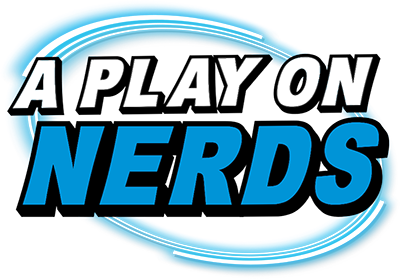If you read that last sentence, or heck the title of this article, and asked yourself “what is the Legend of Korra?” you’re incredibly behind! But don’t fret; because that simply means you have so much to look forward to! “Korra” is a sequel series to Nickelodeon’s massive hit cartoon show “Avatar: The Last Airbender” taking place in an alternate world where aspects of nature can be “bended” or controlled by living beings. There are four nations to each corresponding element of Fire, Air, Earth, and Water with the protagonist of both series being the Avatar, a person who can bend all the elements and connect with the Spirit World and is then reincarnated into the next nation, tasked with protecting the world.
The main plot of the original series was how the Avatar, Aang, a ten year old boy and the last of the air nomads, attempts to stop the genocidal Fire Nation from taking over the world, with some help from his friends and allies. Not your typical kids show right? Especially for Nickelodeon, who is more associated with talking sponges and preteen shows like iCarly. Don’t worry, I’m not going to spoil what happens, just like I won’t divulge what happens in Korra, but that won’t stop me from laying some lavish praise on this gem.
Because the show is aired by Nickelodeon and because it is animated, this show gets the rather demeaning title of “a kids show.” There exists a whole other argument about this labeling and how many animated shows are overlooked and dismissed by most Americans. In Avatar: The Last Airbender, the protagonists were all, for the most part, around the 10-14 age range, reflecting the target demographic. Korra and gang range from the ages of 15 to 40, with several adult characters. The creators filled the world with older, more “mature” characters who not only tell more complex stories and have a deeper exploration of themes from the first series, but who also match and grow with their audience. Michael Dante DiMartino and Bryan Konietzko are the two creators of this wonderful universe. They wanted to do something different from the previous show, and distance themselves from that awful- almost franchise killing- live action adaptation from M. Night Shyamalan, and took a different approach to Korra. A lot of fans were split by this move as some were not ready to grow and move on from, while still dark at times, what was essentially a lighter and less morally complex show. The following is a true account of what I overheard while being a creeper at my local comic book shop between a late teens-early twenties female and a late 20s-early 30s employee.
Girl: There is an Avatar comic? I didn’t know that. I love Avatar.
Employee: Yeah they’re pretty good. They pick up from where the show left off. Are you following Korra?
Girl: No not really. I gave it a try at first but it wasn’t the same you know?
Employee: Yeah but I like it. It’s actually very good.
Girl: Oh I’ll try it but it just wasn’t the same. Like I just wanted more of the other show, but I’ll totally read these comics and give the show another try.
Employee: Right.
And then he went back to being a salesman and I moved on to the next section.
The problem is a majority or the original fan base, unlike the creators, did not grow and yearn for more. Quite the opposite, they wanted to stay rooted in simplicity and childhood. Korra at its core is a about change and evolution, be it a person or a society. It’s a show about responsibility and the soul, all with some of the most stunning visuals and superbly choreographed martial arts action. I mean, what other show can you think of that has mech battles and people shooting freaking lightning bolts out of their fingers while dodging giant rocks being hurled at them or attacks from spirits? Not to mention that it is incredibly well-written and paced with humor and sadness in all the right places, and acted out by an all-star cast lead by Janet Varney, J.K. Simmons, Seychelle Gabriel, P.J. Bryne, and guest stars like Steve Blum, James Remar, John Michael Higgins.
Don’t get me wrong; when Korra was first announced as a 12 episode miniseries back in 2012, I was as skeptical as anyone. Every week I would watch an episode and say to myself “I don’t know if I like it or where it is going,” and when the season finished I wasn’t sure it earned its ending. Once the Blu-Ray was available I immediately rewatched it all in two sittings and the pieces clicked and fell into place so well that I lost all of my misgivings. It was just so cool, and it was right at this current zeitgeist of young adult fiction with female leads, with the setting in a late 1800s, early 1900s type background while exploring themes such as spirituality and politics.
It starts with Korra, after years of training and mastering the elements of water, earth, and fire, leaving to Republic City where she has to master air, the title of the first book. Little progress is made before a mysterious organization calling themselves the “Equalists” arises, led by a masked man named Amon. The unready Avatar has to step up to defend the city. The only problem is the Equalists have chi-blockers on motorcycles, zeppelins, and underground bases with mech suits and airplanes. Most frightening of all is that Amon has a technique to permanently remove one’s ability to bend, and his target, the Avatar!
